Review: Linksys Velop Wi-Fi 6 mesh router provides the best speeds for your iPhone 11
Linksys Velop mesh routers have been a fan-favorite, and now they've been updated with a new version that supports the latest Wi-Fi 6. We check out the new Linksys MX10 Velop AX routers to see if jumping on the Wi-Fi 6 bandwagon makes sense.
Wi-Fi 6 is still emerging technology. It was only standardized in September of 2019. Since then, only a couple Wi-Fi 6 routers have hit the market — including the AX5300 Velop system from Linksys. Millions of people already own a Wi-Fi 6 device — the latest iPhone 11, iPhone 11 Pro, or iPhone 11 Pro Max.
The Linksys MX10 Velop AX system is a mesh router that can be expanded to fit your home. Smaller homes may only need a single Velop node, while larger or multi-level homes may want a second or even third. A two-pack should cover a home up to 6000 square feet, depending on layout and wall materials.
It is a tall rectangle with a status light and vent ports on the top and a series of ports along the back. The ports include the power input, a WAN port, four LAN ports, and a USB 3.0 port.
The router supports three bands (one 2.4GHz and two 5GHz) and has 4x4 MU-MIMO for improved simultaneous connections. The whole router is powered by a 2.2Ghz quad-core processor and OFDMA technology for better speeds in high-density areas.
Setup
Linksys has gone to great lengths to simplify the setup process for its Velop routers. It is all done through the Linksys app — same used for other routers including the lower-end Velop models.
Set up is simple. Connect the primary node to your ISP and power, connect satellite nodes to the network, then launch the Linksys app. It guides you through the painless process. Once the initial node is configured, you can add the second (or third) node or complete the setup.
From within the Linksys app, there is a swath of available functions ranging from administrative to informative.
The home screen of the app shows the network at a high-level. This includes internet connectivity, plus how many devices are paired. There is a share button to pass off the network credentials to others, a quick toggle for the guest network, set up for parental controls, and a shortcut for device prioritization.
Swiping open the left-hand menu brings other significant panes. There is a tab for Wi-Fi settings, control for external storage connected to the router's USB port, an in-app speed test, the notification toggle, Velop administration, Advanced network settings, and your account.
We won't go through everything listed, but we wanted to touch on a few useful aspects.
Device prioritization is useful to prioritize network traffic to essential devices such as a gaming console or 4K streaming box like an Apple TV. Only three devices can be prioritized — for obvious reasons.
For those who keep a close eye on their network, the notifications can be helpful. They alert you whenever a node goes offline. It could signal a problem your entire network, or a node in particular. This helps troubleshoot issues before they become truly problematic for the user.
The speed test is helpful as it gives you a reading direct from the router, not what your phone is getting. Those will be the speeds straight from the ISP, which could tell you if the slow speeds are coming from your network setup or the ISP.
You can include a password to control access to connected storage. Even if users are on your network, they can't access your storage without a separate set of credentials.
Useful features
The MX10 Velop AX system has many useful features packed in, more than any other Velop router.
Most notably is support for Wi-Fi 6 802.11ax, which in-and-of-itself offers improvements over 802.11ac — its predecessor. Linksys says you can expect up to four times better performance than an AC router. In the performance section outlined below, you will see the real-world speeds we experienced.
Thanks to Wi-Fi 6, users should also see a possible increase in battery life for their IoT and mobile devices. Wi-Fi 6 allows a device to negotiate when and how often it wakes up to send/receive data, which will substantially improve its battery life. To truly get a handle on this, we'll need to get more Wi-Fi 6 devices of various makes and models. We'll report back on this in the future.
Other improvements we appreciate was finally additional gigabit Ethernet ports and the USB port — both of which we outlined above. If there were something we'd like to change, it would be trading out the USB-A for a USB-C port. A router — especially one as new and future-proofed as this — should last a long while, and it is frustrating to see the older port. That said — we'd likely plug something in once and leave it, so not a huge deal.
One feature we don't see — and Linksys has remained mum on — is HomeKit support. Linksys promised HomeKit support would be coming in a forthcoming update to the tri-band Velop AC routers but won't comment on whether the Wi-Fi 6 version will get the same treatment. HomeKit support adds useful security features to your router, and we hope that Linksys updates these models as well.
Performance
Network administration can be an arduous undertaking. There are so many variables from ISP issues, to router placement, to what devices are connected that can cause a sizable impact on performance. So while these are our results, you can't necessarily expect identical speeds of your own.
To test the router, we wired it up to our Gigabit Ethernet network. Our ISP says speeds should be at 960Mbps down and 40Mbps up. While we can't control the actual data transfer speed from the ISP or the sites/servers we access, that will be our baseline. Each test was performed multiple times.
The first thing we tested was a wired connection with a Thunderbolt 3 Ethernet adapter. Our MacBook Pro was regularly reaching speeds of 950Mbps when using Fast.com and Speedtest.net. During that test, we also saw it peaking above 1Gbps.
We next turned to mobile with our brand new iPhone 11 Pro Max. The entire iPhone 11 family support Wi-Fi 6 802.11ax — the first and only Apple devices to do so. When we ran several speed tests next to the primary node, we were averaging speeds around mid-700Mbps. At times, it spiked above 800Mbps.
For comparison, the same test on our Linksys Velop tri-band 802.11ac router, we only garnered speeds around the mid-100's.
We repeated the test near our second node, testing the speed when the network has to wirelessly go from our iPhone, to the secondary node, to the primary node. We were able to confirm which node it was connected to form within the Linksys app. This time, we too saw speeds above 700Mbps, though maybe slightly closer to 700Mbps than 800Mbps.
Should you grab one?
If you have an iPhone 11, iPhone 11 Pro, iPhone 11 Pro Max, or another Wi-Fi 6-enabled device, it is possibly worth considering if you already need a new router and want to take advantage of the best speeds possible.
The rub is that as there are so few devices thus far that can fully take advantage of the router, most people won't notice vast differences in the speed. If you are one who likes to future-proof your setup and need a router, we recommend the Linksys MX10 Velop AX with the anticipation everything will be moving there in the next couple years — including Apple's newest Macs, iPads, and Apple TVs.
Another limiting factor may also be the speeds you are getting from your ISP. If you are only subscribing to 50Mbps Internet, then having a router that supports well beyond that is just extra headroom for growth, or bandwidth for network connections between devices like a network-attached storage appliance or similar.
There is no doubt that the Linksys MX10 Velop AX mesh router is excellent — it showed significant real-world speed on our iPhone 11 Pro Max. Other devices show minor speed improvements as well because of the power of the router itself — but with the price still so high for Wi-Fi 6, it is hard to justify for the vast majority of people.
Pros
- Supports Wi-Fi 6 802.11ax
- Four gigabit Ethernet ports
- USB 3.0 port for printers and storage
- Great mobile app
- Pairs with the latest iPhone 11 line
- Easy setup
Cons
- New technology is still expensive
- Much larger than other Velop routers
- Not many devices support Wi-Fi 6 yet
- No explicit HomeKit Router support
Rating: 4.5 out of 5
— assuming you're in the market for a Wi-Fi 6 router right now. Otherwise, you probably should wait a generation for prices to fall.Where to buy
A single Linksys Velop AX5300 MX10 router will set you back $399 on Amazon while a two-pack saves you a hundred and runs $699.
 Andrew O'Hara
Andrew O'Hara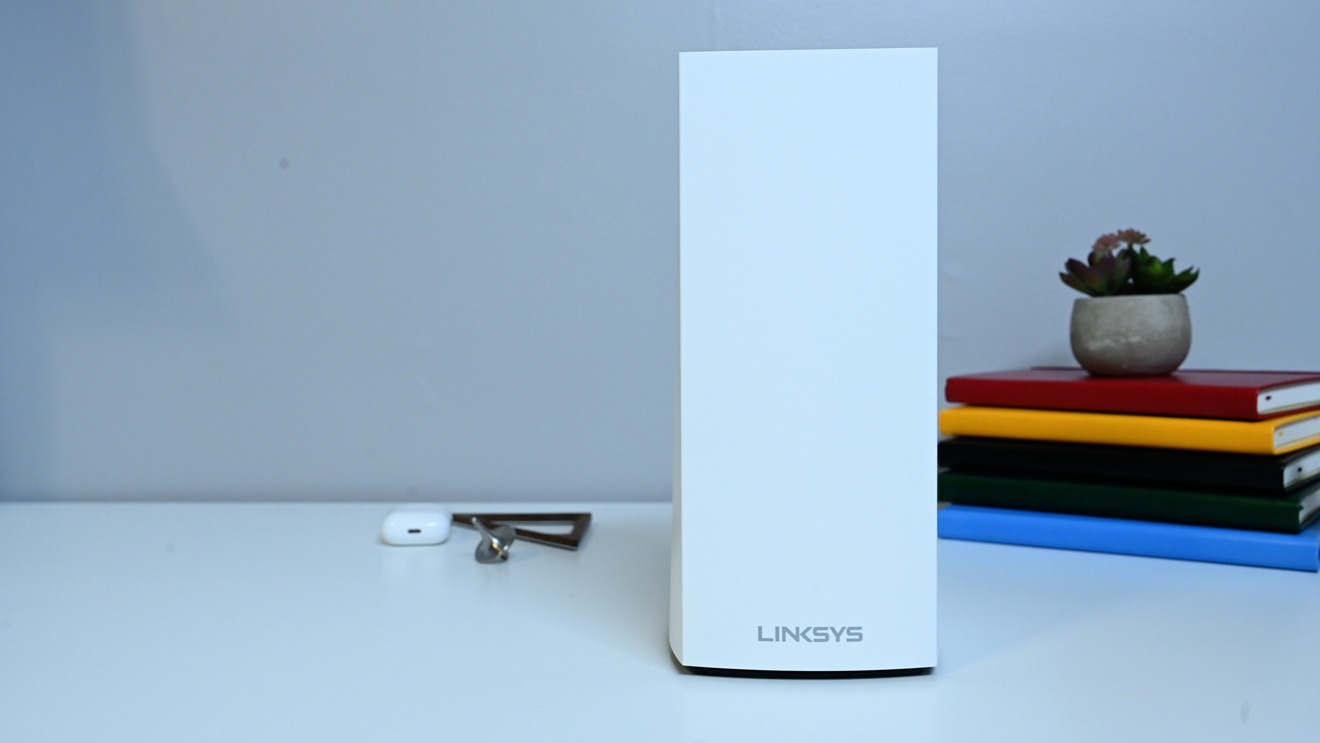
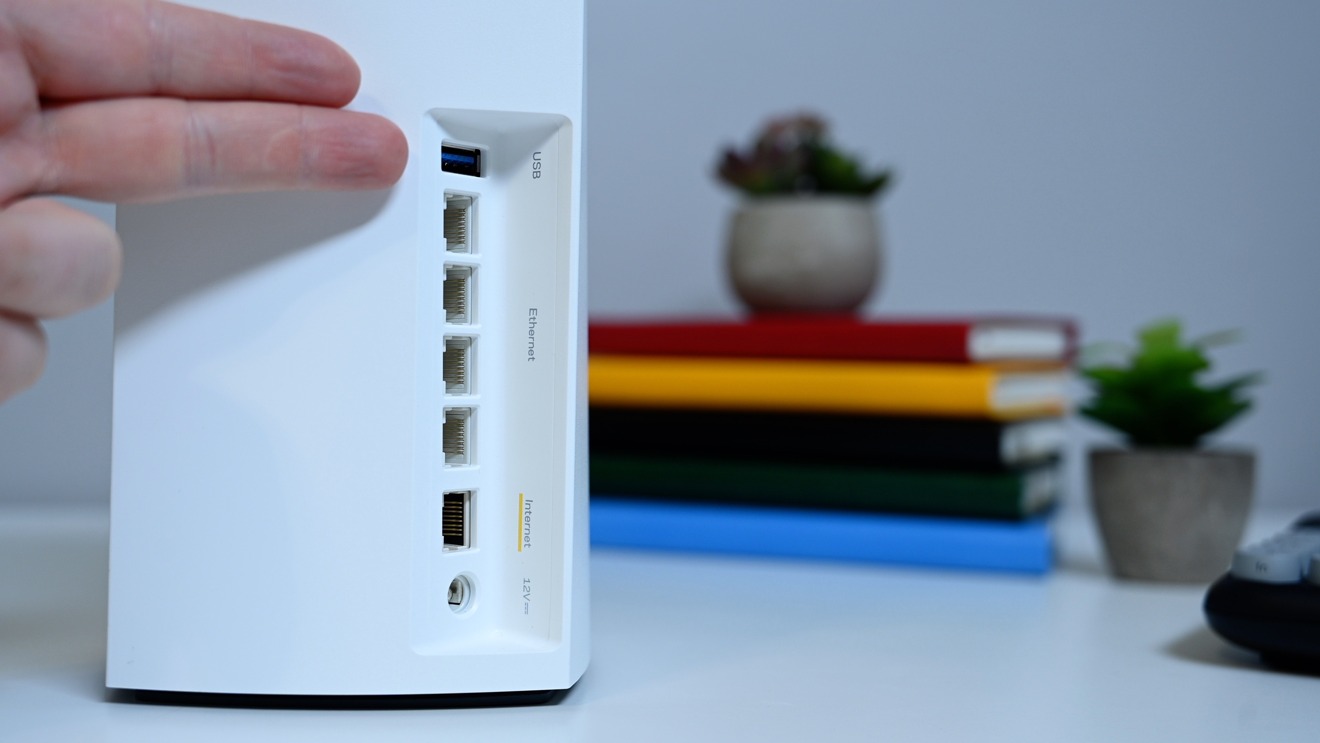
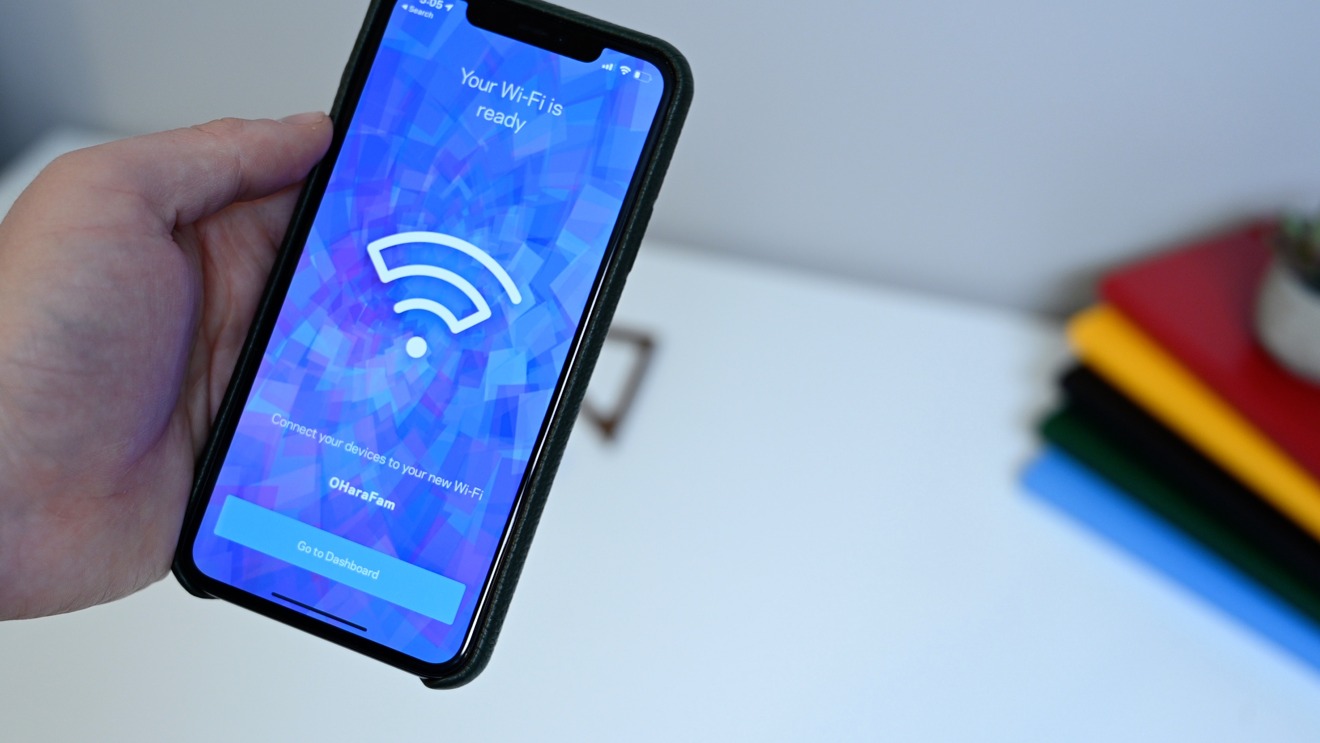
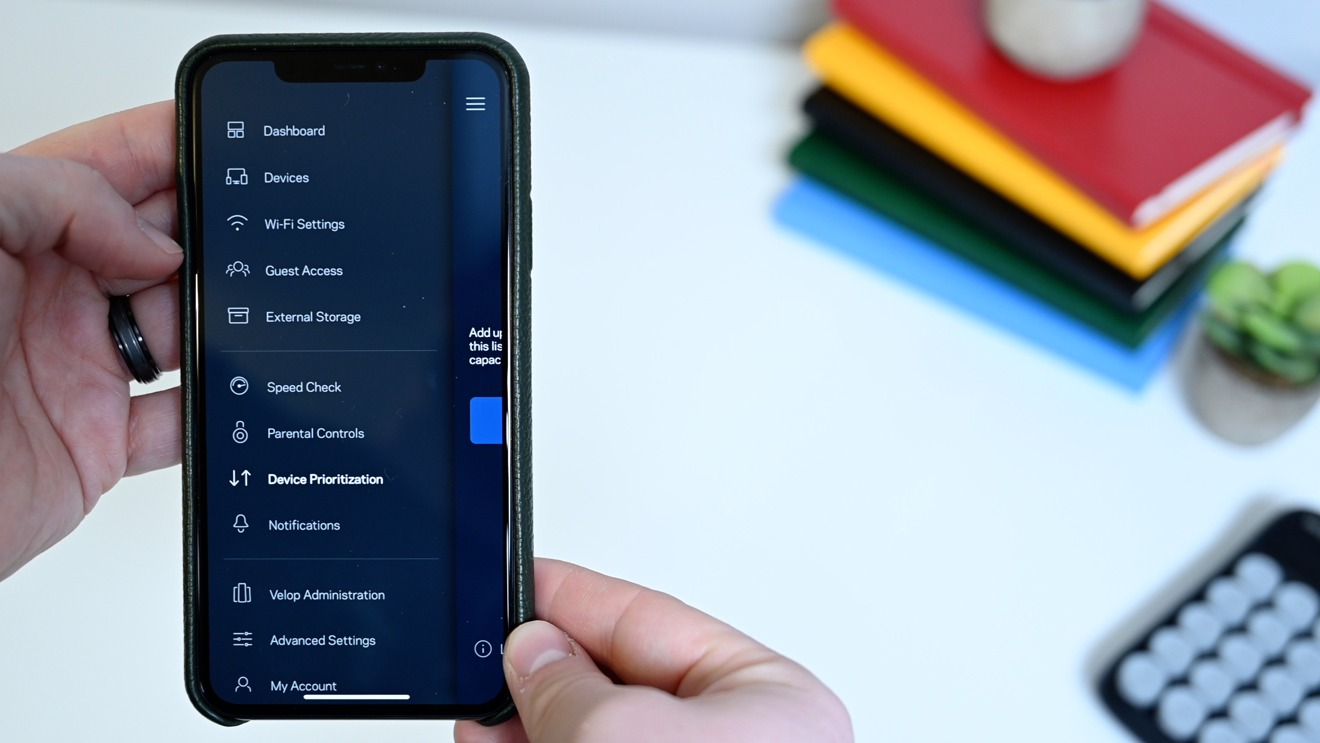
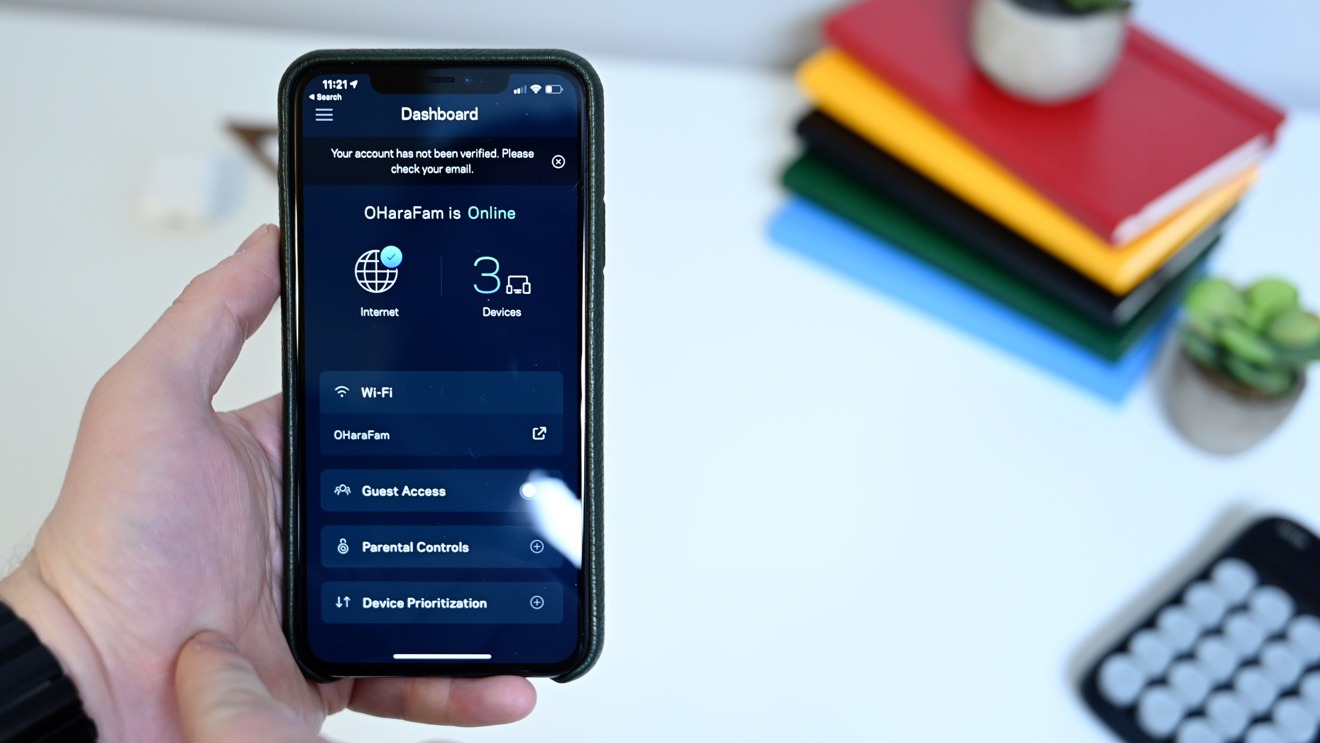

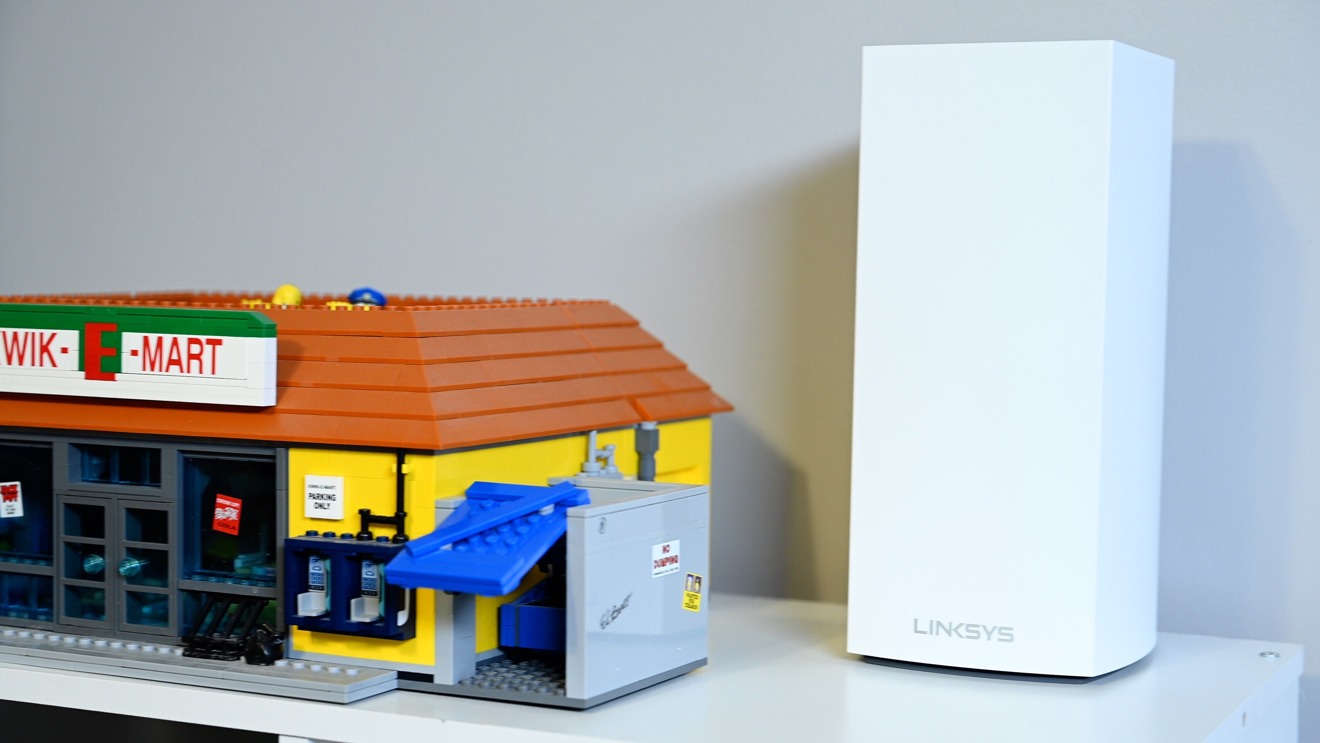

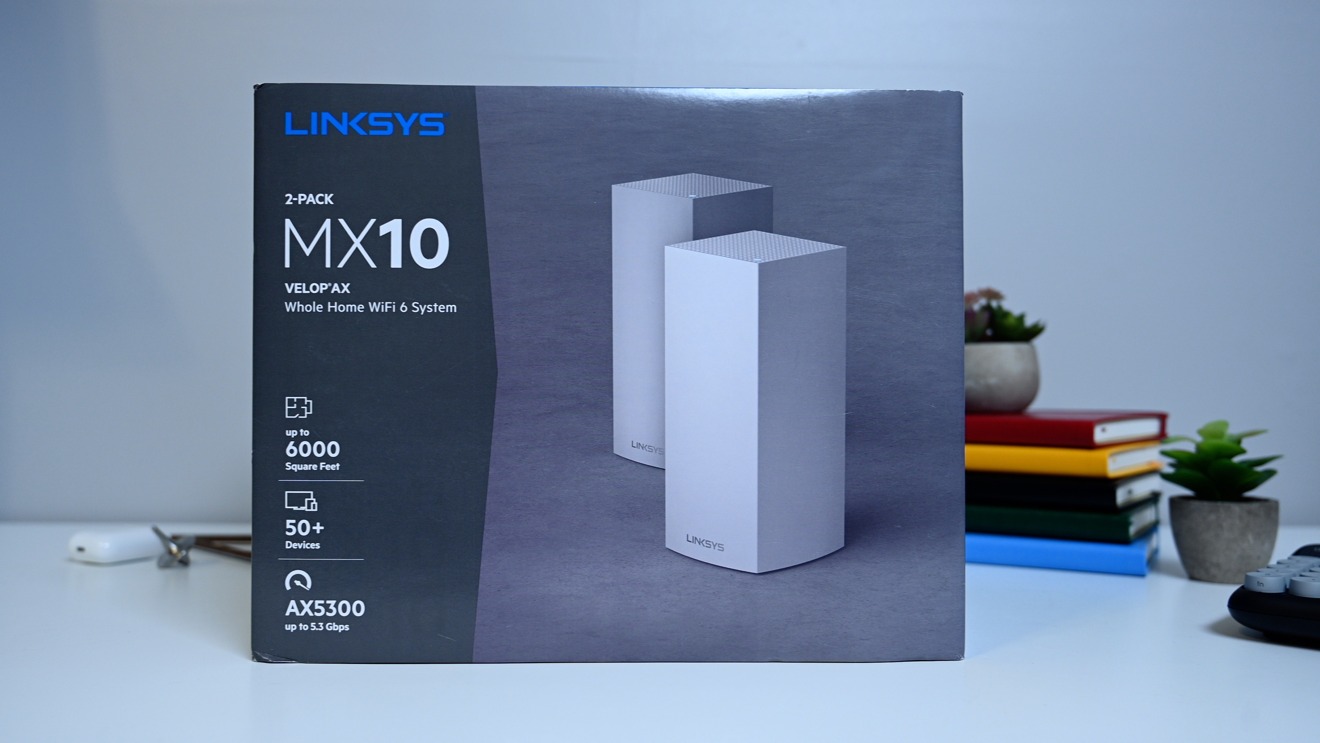











 Chip Loder
Chip Loder
 Malcolm Owen
Malcolm Owen
 William Gallagher
William Gallagher
 Christine McKee
Christine McKee
 Michael Stroup
Michael Stroup
 William Gallagher and Mike Wuerthele
William Gallagher and Mike Wuerthele








